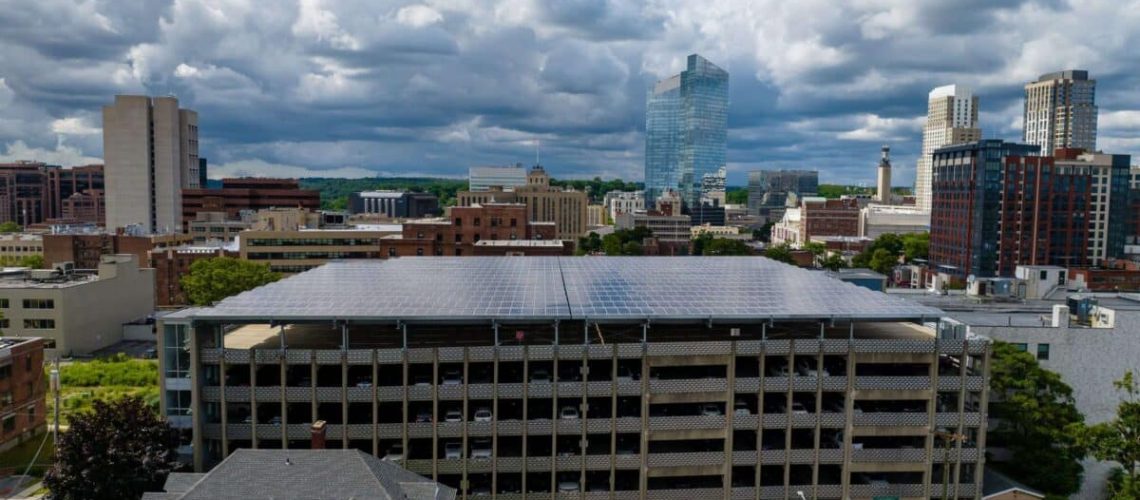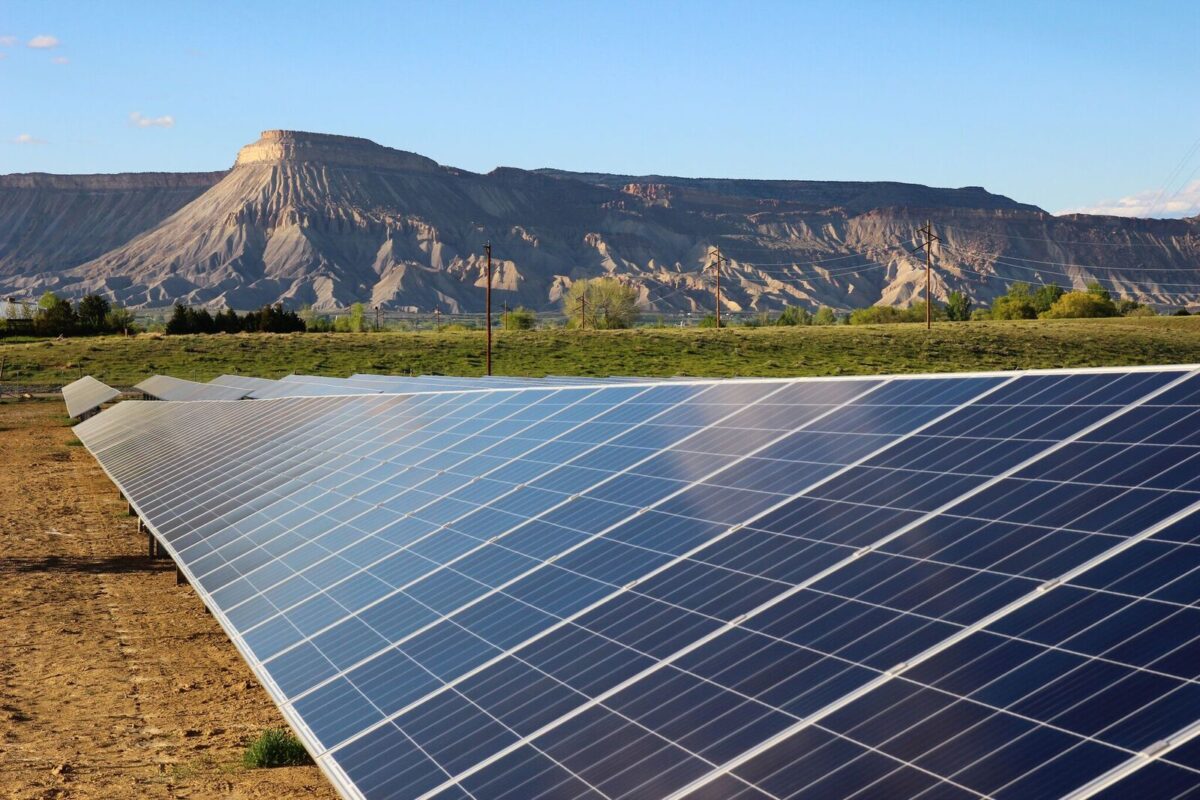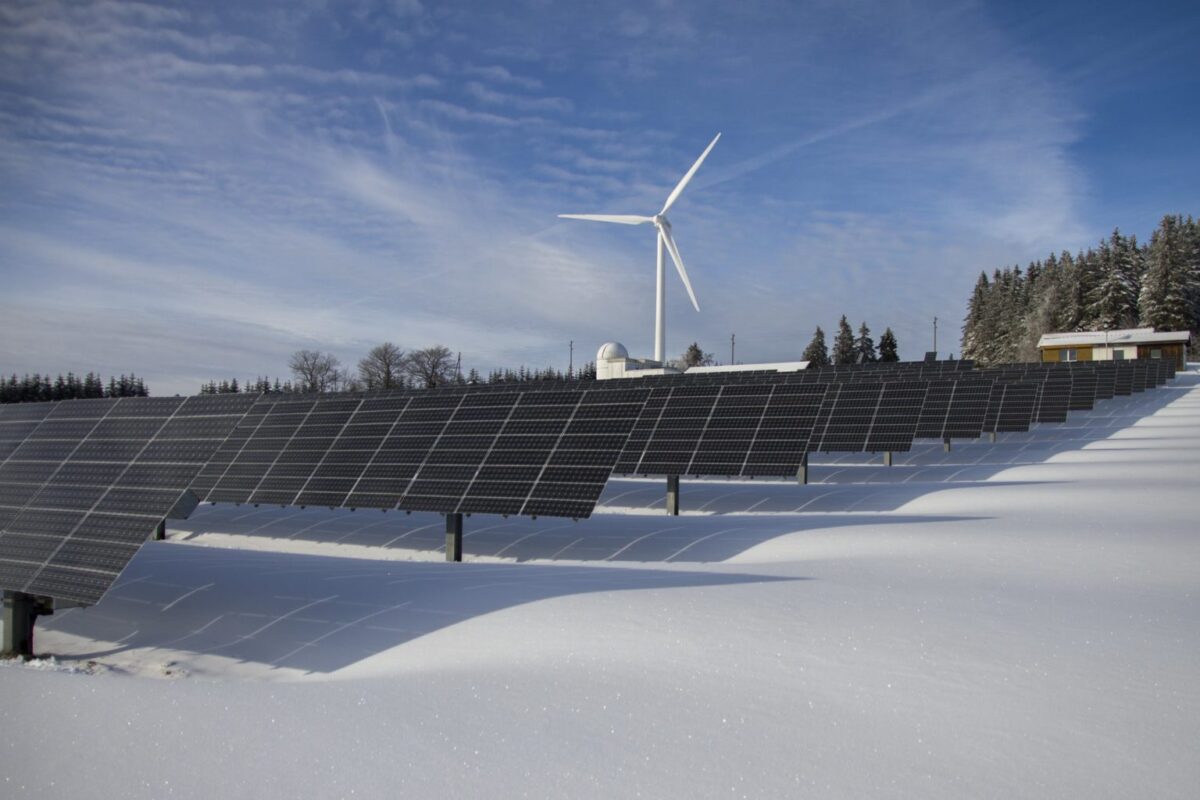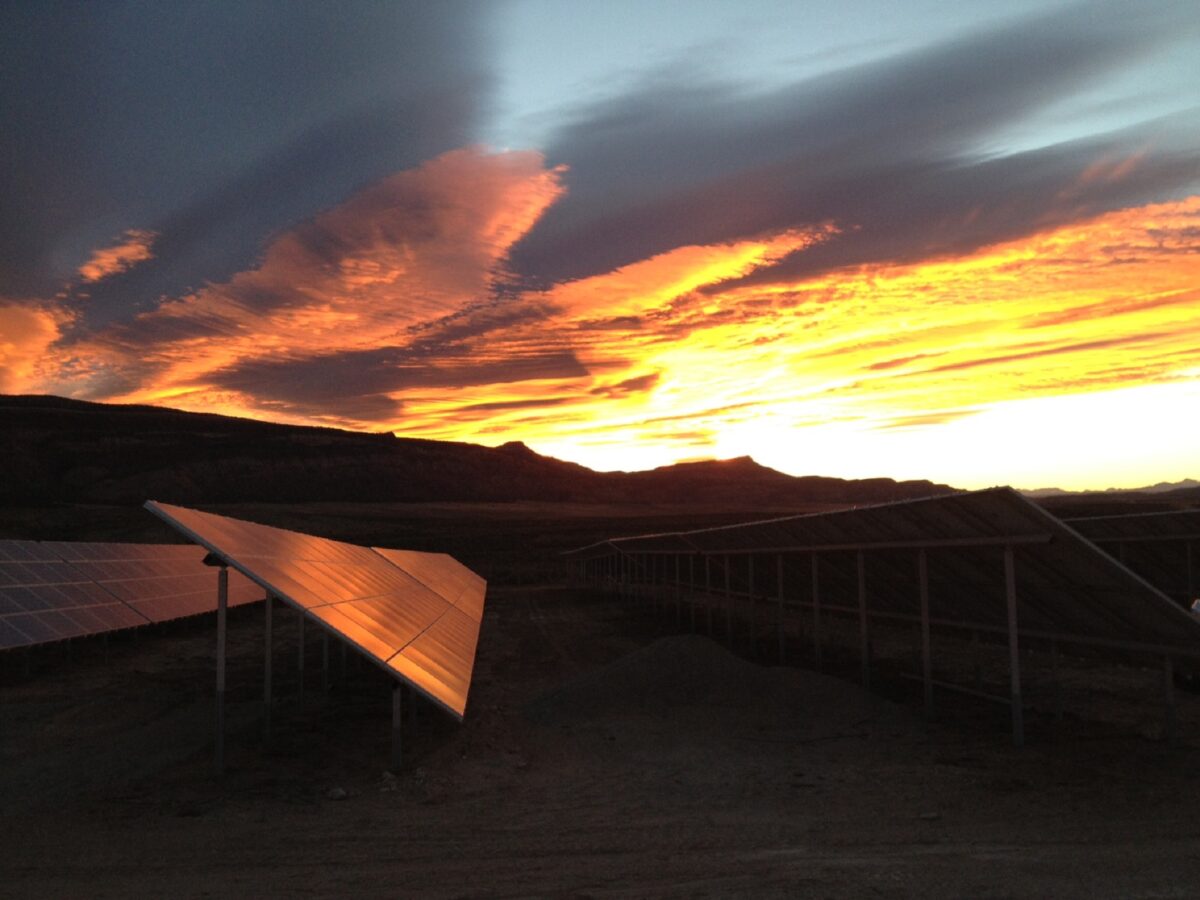According to NYSERDA, 33.8% of Bronx and Manhattan borough households are designated ‘very low-income,’ while 26% of households are designated as ‘low-income.’ Outside of New York City, low-income communities drop to the upper single-digits to low teens, for context, showing a massive opportunity for LMI community solar and public charging accessibility in the urban market.
With just two percent of U.S. community solar energy output going to low to moderate income households this past year, according to Wood Mackenzie, promoting accessibility to distributed generation resources like community solar and electric vehicle charging was a key topic at Infocast’s New York Energy Summit in Albany, N.Y. this week.
According to the New York State Energy Research and Development Authority, 33.8% of Bronx and Manhattan borough residents are designated ‘very low-income households,’ while 26% of households designated as ‘low-income.’ Outside of the New York City boroughs, low-income communities drop to the upper single-digits to low teens, for context, showing a massive opportunity for LMI community solar accessibility across the metropolitan region.
NYSERDA defines very low-income as income less than 130% of the federal poverty guidelines set by the Department of Health and Human Services. NYSERDA further defines LMI households as those with incomes at or below the higher of 80% of area median income (AMI), and 80% of state median income (SMI). For context, the threshold for poverty as defined by HHS is an $19,780 income for a two-person household or under $30,000 for a four-person household.
Thomas Roach, Mayor of the City of White Plains, N.Y., whose city has a 10.1% poverty level population, said his focus is getting the power asset choice away from just wealthy communities and fossil fuel generating facilities away from low-income communities in his downstate region, where they have statistically been located, creating a health burden with higher rates of asthma and other conditions in lower income communities.
Speaking during a conference panel titled, “Promoting & Financing Energy Equity,” Roach said bringing community solar and distributed generation projects, energy efficiency solutions and EV charging infrastructure into not just Westchester County but the broader New York City region is critical for building an equitable energy community, and setting New York as an example for other municipalities to aspire to across the country.
David Eisenbud, head of business development, channel and project acquisition for DSD Renewables, a community, commercial and industrial solar developer, said his company was successful in securing $1 million per year in new revenue for White Plains from the deployment of 6.8 MW of community solar projects, completed in July 2022 and begun during the Covid-19 pandemic.
The progressive Westchester city will be able to direct passive revenue towards more proactive solutions such as improving charging infrastructure, parks development and other solutions with revenue shared from the community solar projects, added Roach. About 70% of the offtake power was able to be designated for low-to-moderate income communities, as defined by the Inflation Reduction Act LMI standards, Eisenbud said.
The White Plains portfolio consists of solar canopy, rooftop, and ground-mount installations at four parking garages, Gillie Park, the Ebersole Ice Rink, Gedney Way Recycling Facility, Water Storage Site and the Sanitation Complex. Energy storage systems totaling 1.76 MW / 8 MWh were also installed at the city’s recycling facility and a parking garage.
Concrete jungle constraints
Mayor Roach of White Plains pointed to the downstate New York region’s challenges of deploying new electric vehicle charging infrastructure in the densely populated tri-state area. Con Edison’s grid infrastructure has been modernized over the last decade, but continues to pose barriers for the rapid adoption of new technologies such as EV charging, he noted.
Roach said his municipality is currently working on the deployment of multi-unit housing EV charging. The mayor said White Plains is deploying to 90 to 100 new EV charging ports into garages of low-income buildings. According to Plugshare, the city currently offers EV charging at 32 charging locations in public garages, supermarkets and shopping centers.
Kaitlin Butler, an associate at NY Green Bank, a statewide funding resource for clean energy projects and infrastructure, said public EV charging accessibility as well as clean energy school buses are both key focuses for the downstate region.
The White Plains School District is also the first in the state to test a fleet of five electric school buses which provide stored battery power back into the grid when not in use, using vehicle to grid (V2G) bidirectional charging solutions.
In May 2022, the school district and state of New York released a three-year V2G report in which the Con Edison clean bus project, in partnership with electric bus company Lion Electric, development partner First Priority Group and V2G technology provider Nuvve Holdings, released its findings after a three year pilot project phase. The report noted the EV bus project achieved a goal of deploying an average 1.4 kW hours per mile power throughput, while 85% of battery capacity from the buses reached the grid during off-peak times.






